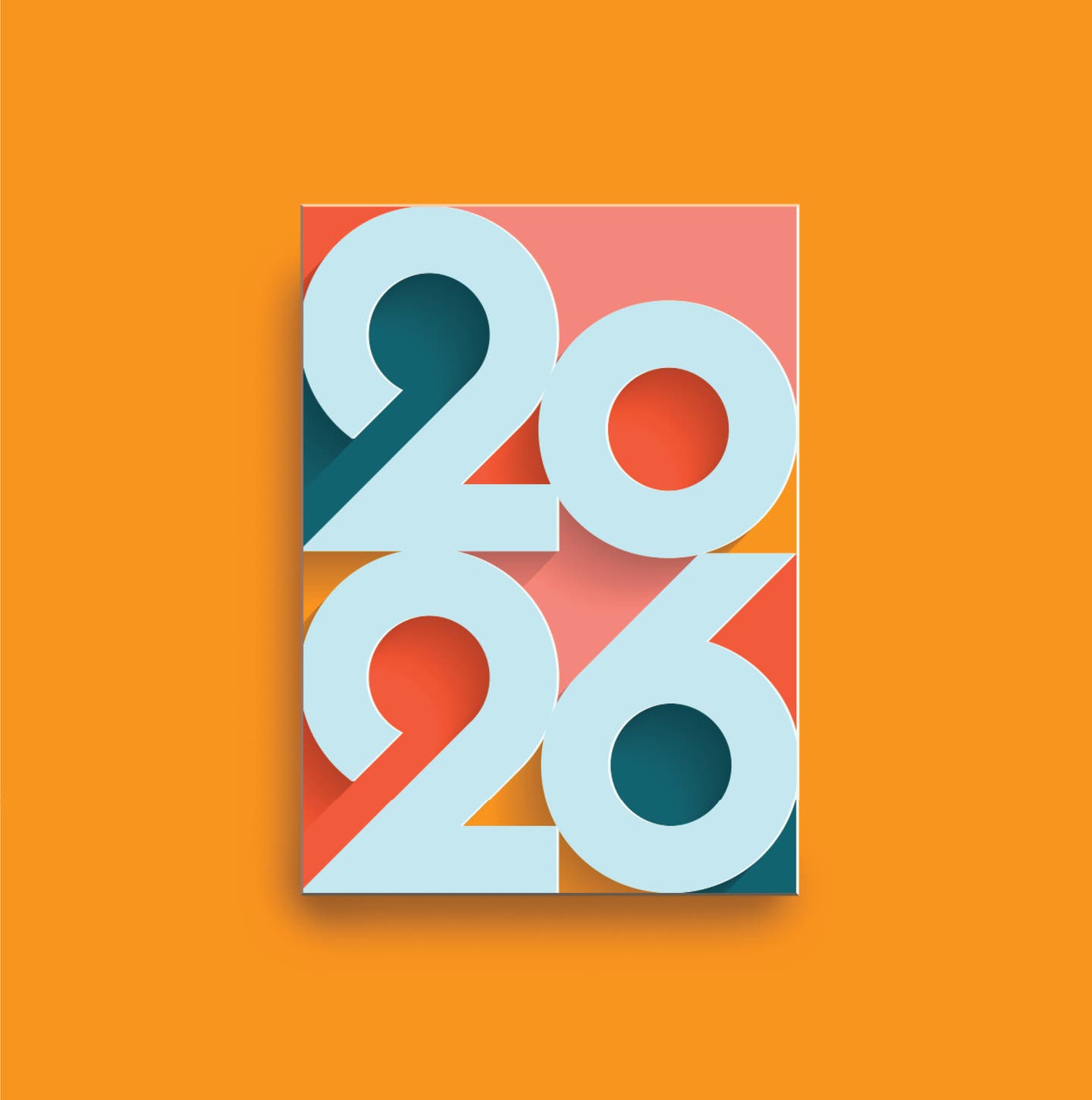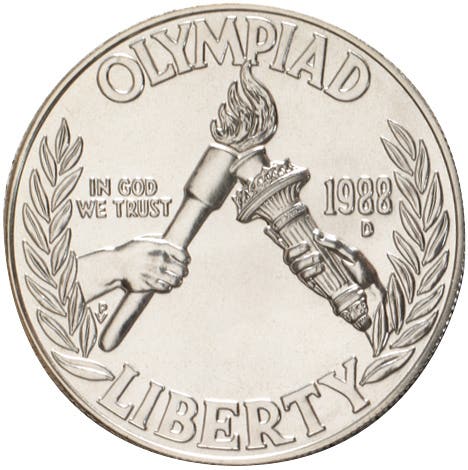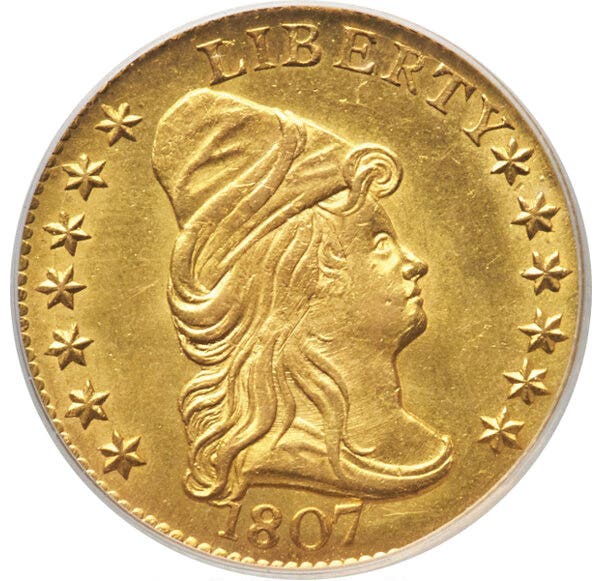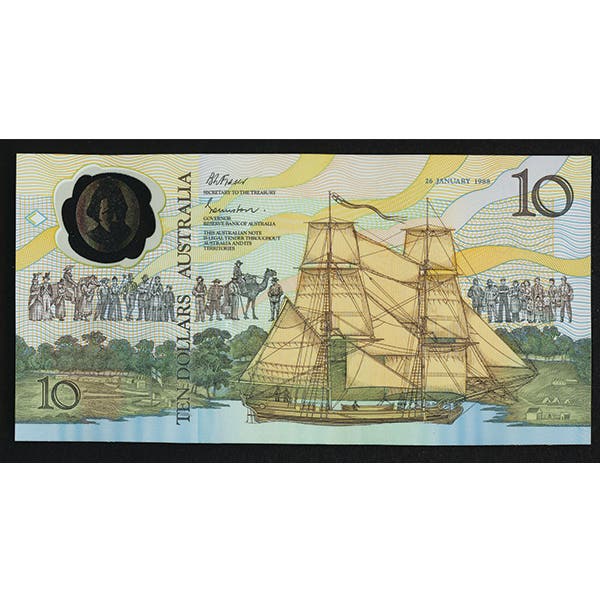Would you pay a premium for a First Strike coin? Why or why not?
From the September 20, 2024, Numismatic News E-Newsletter Readers’ Poll, the consensus from readers is no.
No, I wouldn't pay a premium. The first strike, to me, means nothing. If you take the coin out of the holder and put a bunch of them together, there's nothing to tell them apart. If you want to collect them, that's fine. Everyone has different collecting tastes. But I'll pass.
Ernesto Aguilar via Facebook
For me, it's always been about the joy I get from purchasing the coin—it's as simple as that. When you lose the joy of collecting "any collectible " and only think about the monetary value of the purchase or the object, the magic is gone, and that's sad to me.
Believe me, I'm not being naïve or judgmental. Just my opinion!
Steve Boyd via Facebook
No, I would not. "First Strike" is nothing more than another gimmick term used to artificially inflate the perceived value of the coin in the holder. The fact that there is only one coin of each denomination and/or variety each year that is a First Strike coin.
Tim Stroud via Facebook
Only the big coin dealers with direct access to Mint offerings can obtain "First Strike." Average Joe Schmoe, the Coin Collector, does not have such access. Why is that?
Lester Yan via Facebook
I wouldn’t pay a premium for a First Strike coin at all. To me, it’s just a gimmick to price coins higher than normal. I try to follow the saying, “Buy the coin, not the holder.” However, I must admit I did purchase a 2014-W Reverse Proof Kennedy half-dollar “Early Releases” with a picture of a quote from JFK on the holder, NGC certified PF-69, which I paid a few extra dollars for. I thought it was a good-looking coin and that the holder was cool as a Presidential history buff. So maybe I’m just a hypocrite! That being said, it all boils down to buying what you like at a price you feel comfortable paying. Coin collecting is supposed to be fun first and foremost, and if that’s what you like, then don’t let anyone talk you out of it!
Ryan Kordziel Schenectady, N.Y.
NO, I buy the coin, not the label. First strike 70 or 69 coin is the same as 70 or 69 without the First Strike label.
Name and address withheld
I would not pay a premium for a First Strike coin. Today's collector coins, whether proof or uncirculated quality, are very well struck with full details, and therefore, it's not worth paying an inflated price for a "First Strike." Slabbing a coin as a First Strike is nothing more than a marketing gimmick to generate more interest in a coin, sell it at a higher price, and increase business for the grading services that slab them.
Louis Ludiciani, Cumberland, R.I.
I will not pay a premium for slabbed coins such as the so-called “First Strike,” “Early Release,” etc. Third-party grading services put these designations on modern coins that are submitted to them in a short time frame from the Mint's release date. I have seen no evidence that the mint keeps the first strikes from each die separate from the rest of the run and sends these out first. I believe that they send the coins in the full run from bulk. They are mint quality proofs or uncirculated coins that pass normal quality control but are not necessarily the first coins off of a new die. It is a marketing thing.
Rich Vatovec, Birmingham, Ala.
I would not pay more for a First Strike coin, an advance release, or any other gimmicky slab. Buy the coin, not the slab.
Name and address withheld
A die is replaced when it gets worn out, so isn’t every coin made by the replacement a “First Strike”?
Name and address withheld
I would not buy nor pay a premium for a “First Strike” coin. First Strike used to mean something in that it had more detail. Not so with current technology. A later strike will look just as nice.
Denny, Rockingham County, N.C.
I would not pay a premium for any First Strike coin unless its visual appearance is substantially better than other coins from the same date and mint. Coins first struck at the U.S. Mint in recent years do not show a significant difference in appearance from coins struck later from the same die. Morgan Dollars have stark differences in appearance between first strikes and later strikes from dies that appear worn out. So, I am willing to pay a premium for an earlier strike for that series. However, I don't need a certification service to tell me that a coin was well-struck.
Bruce R Frohman, Modesto, Calif.
First Strike 70 or Last Strike 70 should be the same. Why pay extra for what it says on the label?
Joe G. Carlsbad, Calif.
I would absolutely not pay a single penny more than what I thought the coin was worth. I don’t buy any of the modern issues. You can buy many modern coins that say first strike and MS70. So what? Most of the coins coming from the mint today are MS68-70, so there might be thousands of coins that get graded MS70 and many that say First Strike. To me, this is useless. Now, if you can get a seated half or barber quarter or buffalo nickel at MS67 or 68, that, to me, is much more desirable and certainly rarer than the modern mint-made coins.
Roy Herbst, Address withheld
No, it appears that this type of classification has coin prices to be inflated because of the First Strike. Folks who don’t submit for a First Strike and receive top grading lose out and might even have a better-looking coin. Definitely not worth it, in my opinion.
Michael McLoughlin, UK
I would not. My reason is, who really knows that is? Supposedly, if you send your coins in unopened boxes, they can tell you the date and time and other info. My belief is there is really no exact way to tell if that information is really accurate, especially with depending on the U.S. Mint keeping things accurate. The way I feel is grading companies putting a first strike designation on the coin is, to me, only probable. I know for some ridiculous reason, people are supposed to believe they are the first coins minted, so people are willing to pay a premium, but I just don't buy into the whole idea of first strike.
Ed, Address withheld
No, I do not pay a premium on First Strike coins.
Name and address withheld
The cost of the First Strike seems to not add value to the majority of buyers. While it is true that there is a group that put together a complete collection of First Strikes, it seems on the reselling side (especially in the following years) that the average buyer is not so much interested in the First Strike label as the price. I do believe the price is the most important factor, especially at today's bullion prices.
Carl Hornburger, Address withheld
Is a First Strike coin better than any other coin graded 70? If so, why would a coin that is not a First Strike attain a grade of 70 and not a lesser grade? I have paid more for a First Strike,but I believe it is only a device to increase the price of the coin without adding actual value.
Burwell Cox, Address withheld









